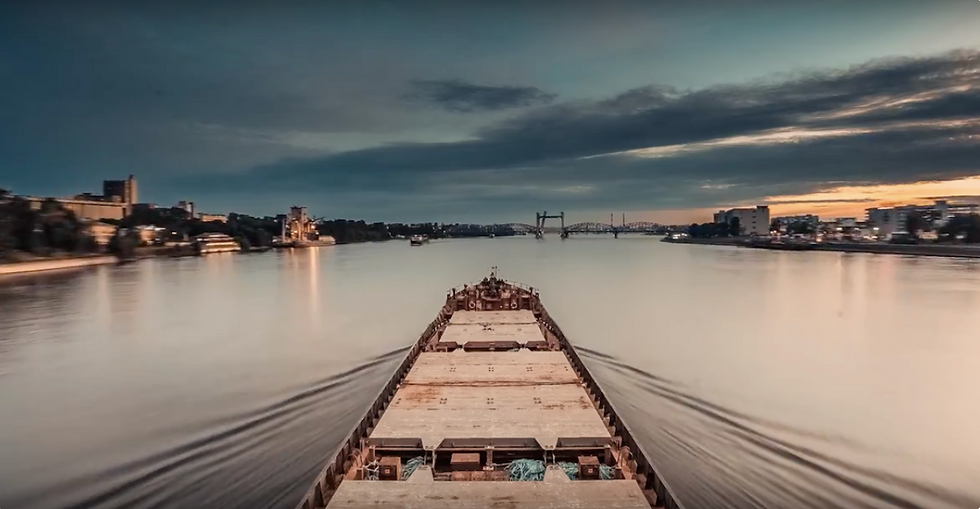
Modern shipping is primarily dominated by bulk shipping and container shipping. There are more of these ship types than any other types in the industry - both in terms of the number of vessels and deadweight carried across the ocean. While transporting bulk homogenous cargo appears quite straightforward, container shipping is about carrying smaller parcels that will fit in a standard ISO container.
Robust infrastructure has been built to transport bulk and container cargo with high throughput. There is also a range of software solutions and services to enhance peformance and improve efficiency in all aspects of their operations.
But cargo also happens to be transported in other forms, i.e., drums, boxes, bags, rolls, packages, crates, drums, pallets, barrels, and is usually just lifted or pushed onto a ship. These come under the umbrella of breakbulk shipping, which is by far the oldest method of transporting multiple cargoes across the ocean. The ships tend to be smaller in size and they usually navigate right into the hinterland using rivers, canals, and inland waterways.

Typically, cargo that is not usually transported in containers or in bulk is classed as breakbulk, therefore by its very nature breakbulk operations are complex. But in its complexity also lies the opportunity to digitise and use technology. Due to breakbulk’s long existence, it has over the years achieved its maximum potential that is humanly possible. Yet it is this extreme level of complexity of cargoes, stowage requirements, loading and unloading gear, etc. that offers the opportunity for improving operations.
Digitalisation is the next frontier that will create value and synergies between carriers, freight forwarders, and end-users in the breakbulk sector. There are keen entrepreneurs already working on innovative ideas for the breakbulk sector. Some areas of opportunity for start-ups and tech solution providers are:
Efficient schedule planning which means not just matching the list of diverse cargoes, but also project cargoes and heavy-lift cargoes with the right ship and vice versa.
Determining the stowage on board, based on compatibility, safety, International Maritime Dangerous Goods (IMDG) code, while maximising space and optimising port rotation.
Efficient stowage in ports and warehouses at the place of departure and destination.
Planning efficient loading, lashing, and unloading based on optimum port rotation and minimum shifting/handling of cargo.
Solutions that provide logistics and supply-chain visibility that allow to factor in delays and disruptions well in advance.
Shipment tracking that will provide the control and agility needed for advanced planning by freight forwarders, ports, receivers, multimodal transport providers, insurers, etc
Common ecosystem platform for all stakeholders to visualise and track operations

While some solutions and systems do exist already today, they tend to operate in silos or as point solutions. What is lacking is common language and protocols so that the various systems can communicate with each other seamlessly. Digitalisation unfortunately is not of much value if it happens in pockets and silos. The true value of digitisation can only be experienced when it works across the industry and across supply chains. The next few years will certainly reveal the impact of digitalization in the breakbulk sector.
Let me know your thoughts
(Republished - https://seaber.io/blog/the-digitalisation-of-cargo-flow-in-the-breakbulk-sector-part-1)
#bulk #cargo #contracts #trade #transportation #logistics #technology #innovation #digitalization #supplychain #connectivity #communication #data #maritime #valuechain #shipping #analytics #tech #sensors #platform #device #leadership #Insight #marine #CyberSecurity #bigdata #startups #DecisionSupport #offshore #melvinmathews
Kommentare